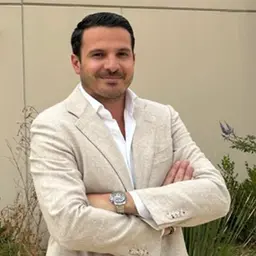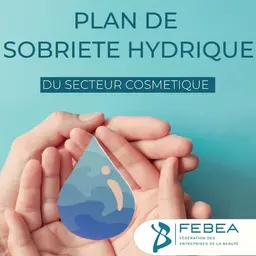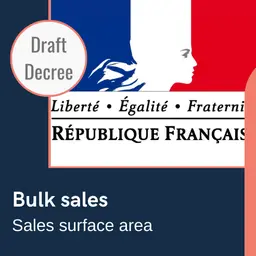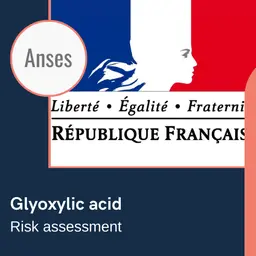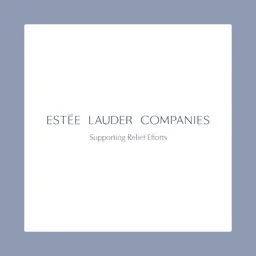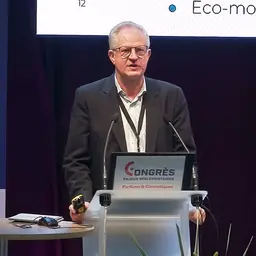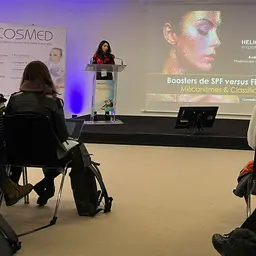
No, shampoos are not just water and foam! Their formulations also follow the trends to meet the market’s expectations, they are increasingly enriched with ingredients resulting from technical progress, and they are getting rid of those that are controversial… Delphine Lonfier, of the BASF Laboratory, provided an overview of the new standards of the sector at Cosmed’s 14th Day of Scientific and Technical Exchanges.
The 14 th Day of Scientific and Technical Exchanges on ‘ Cosmetology for Hair and Scalp’ could not avoid the basics: shampoo. To this aim, Cosmed had invited Delphine Lonfier, Manager of the Personal Care Application Laboratory at BASF, and entrusted her to highlight the broad topic of the evolution of cleansing bases.
The speaker started by reminding everyone that
‘the products specifically intended for washing the hair are really old’
. But the first liquid shampoo destined for the general public, the ‘ancestor’ of our modern products, only appeared in the thirties under the DOP brand… which waited until 1993 to develop the first shampoo exclusively for children.
Liquid shampoos have been designed on a surfactant base for more than 80 years, although this base has changed quite a lot over time: today’s standards no longer have much in common with the first formulations, in particular with the advent of ternary surfactant systems, multifunctional ingredients, ‘free-from’ formulations, and green cosmetics.
Ternary systems
The surfactant system used to be practiced in binary mode with the association of anionic cleansing-foaming surfactants (Sodium C14-16 olefin sulfonae, Sodium pareth sulfate, alkyl sulfates, ether sulfates…) and amphoteric and/or non-ionic ones (alkanolamides, Cocamidopropyl betaine…).
In …

